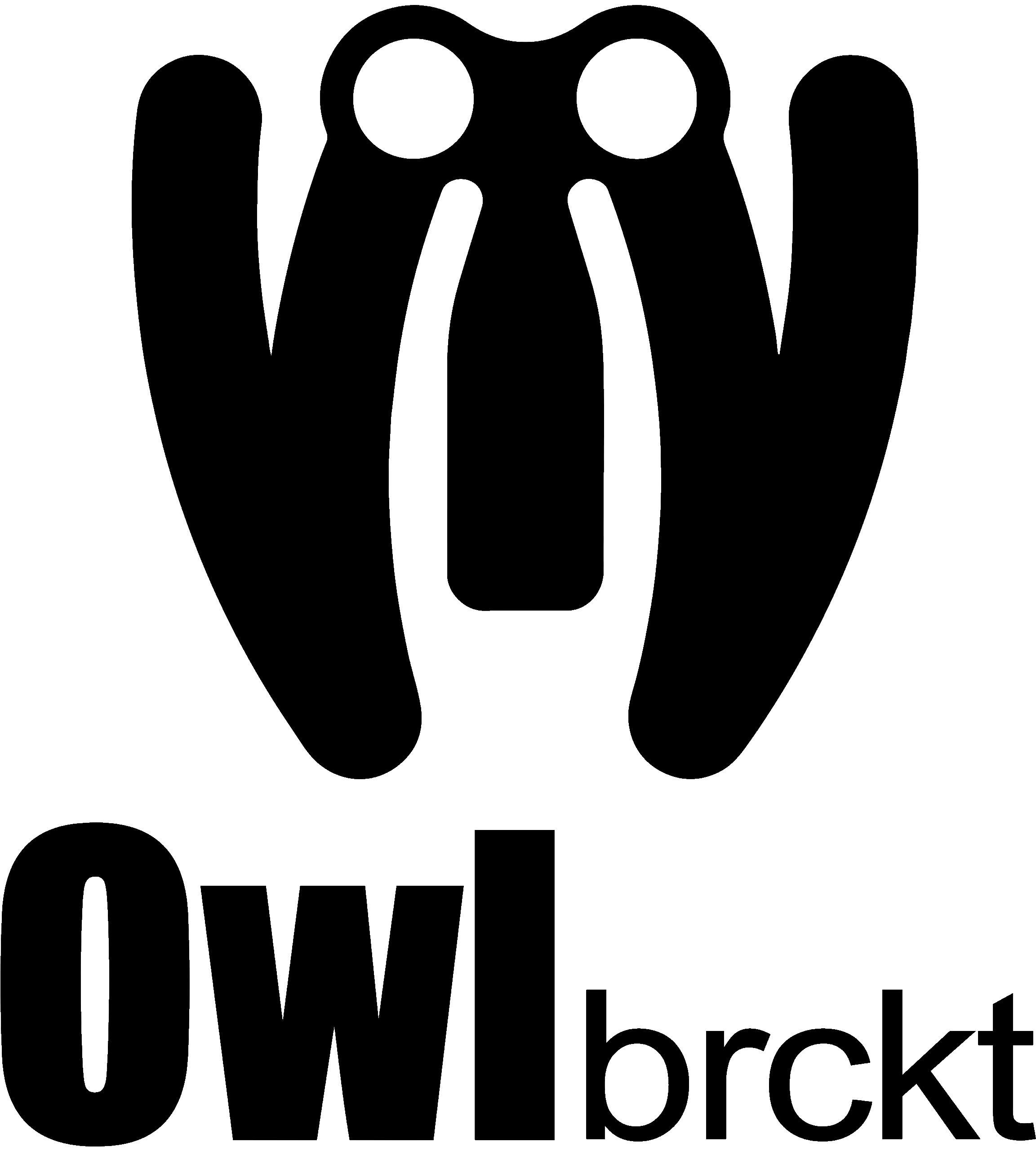
Blog
Intraoral Dental Photography: A Step-by-Step Guide
Dental photography plays an essential role in documenting treatment progress and visually informing patients. In the previous session, we learned how to take extraoral photos; in this article, we’ll explore how to properly capture intraoral (inside-the-mouth) images.
These photographs are taken using retractors and mirrors to clearly display the teeth, gums, and intraoral structures. The position of the patient, clinician, and assistant during each shot greatly affects the quality of the final image.
Working with a Dental Assistant
Intraoral photographs can be taken alone, but working with an assistant makes the process much easier and more efficient. The dentist can focus on camera settings and composition while the assistant handles mirror placement and moisture control.
The assistant uses an air-water syringe to keep the teeth dry and to prevent mirrors from fogging. Sometimes, the patient is asked to swallow or clear saliva, and in some cases, a saliva ejector may be used before shooting.
This teamwork ensures a smoother workflow and consistent image quality during dental photography.
Patient and Operator Positioning
All intraoral images are taken with the patient in a supine position on the dental chair. The patient should slightly lift the chin so the mouth is oriented toward the camera.
The dentist typically stands at the 12 o’clock position, behind the patient’s head, which provides the best view for both upper and lower arches.
For maxillary shots, the patient pulls the retractors upward and forward; for mandibular shots, downward and forward. This technique keeps lips and cheeks away from the teeth.
Camera Settings and Initial Shots
A good starting aperture is f/25. When using mirrors—especially for occlusal (biting surface) photos—the assistant should hold the mirror using a handle to avoid having fingers appear in the frame.
Retracted Teeth Together
In this shot, the patient closes the teeth completely and retracts the lips. The image should include all visible teeth, with the incisal plane parallel to the horizontal frame. The midline should be centered.
Teeth Apart
In this image, the position remains the same, but the patient opens slightly so the incisal edges of the anterior teeth are visible. The patient then turns the head 45 degrees left and right for two additional photos.
Mirror Photography Techniques
Mirror shots must be flipped horizontally during editing since they reflect a reversed image.
The patient uses both retractors while the assistant inserts the mirror on the side being photographed, positioning it as far back as possible. Before lifting the camera, the clinician should visualize the composition with the naked eye to confirm alignment and symmetry.
Buccal Views
The patient bites fully in maximum intercuspation, and the occlusal plane should be parallel to the frame’s borders. The goal is to capture at least from the canine to the most distal tooth in the arch.
Focus on the first or second premolar to keep all teeth sharp. Avoid holding the buccal mirror perfectly parallel to the posterior teeth—angling it slightly outward gives a better side view. Separate images are taken for both the left and right sides.
Occlusal (Biting Surface) Views
In occlusal photos, all biting surfaces should be visible. The assistant uses a mirror handle to keep fingers out of the shot.
- Maxillary Occlusal: The patient retracts upward and forward. The goal is to keep the upper lip completely off the anterior teeth.
- Mandibular Occlusal: The patient retracts downward and forward. Ask the patient to place the tip of the tongue on the palate while the assistant retracts the tongue backward with the mirror. If this is uncomfortable, the patient can simply relax the tongue.
Lingual (Tongue-Side) Views
Lingual photos include four shots total—one for each quadrant. In every image, the occlusal plane should be parallel to the frame’s upper and lower borders.
- Upper Lingual: The patient retracts upward and forward. The assistant places the mirror near the midline of the palate and angles it toward the camera.
- Lower Lingual: The mirror is placed between the teeth and tongue and pulled gently toward the midline, angling it toward the camera to expose the inner tooth surfaces.
Using a Black Contraster
Finally, two photos are taken with a black contraster—one upper, one lower. These images are intended to show the teeth from canine to canine with a completely black background.
The incisal plane should remain parallel to the frame, and the midline must be centered. A good focus point is the lateral incisor. The contraster is placed behind the teeth to create a uniform black backdrop.
Conclusion: Mastering Intraoral Photography
With these steps, all standard intraoral photos are completed. As you gain experience in dental photography, you’ll discover additional angles and creative variations. The method described here represents a reliable, practice-proven protocol.
For beginners, intraoral photography can seem challenging. The most valuable tip is this: visualize the shot before lifting your camera. If retractors or mirrors are misplaced, the photo will not improve once you look through the lens. Always adjust first—then shoot.

